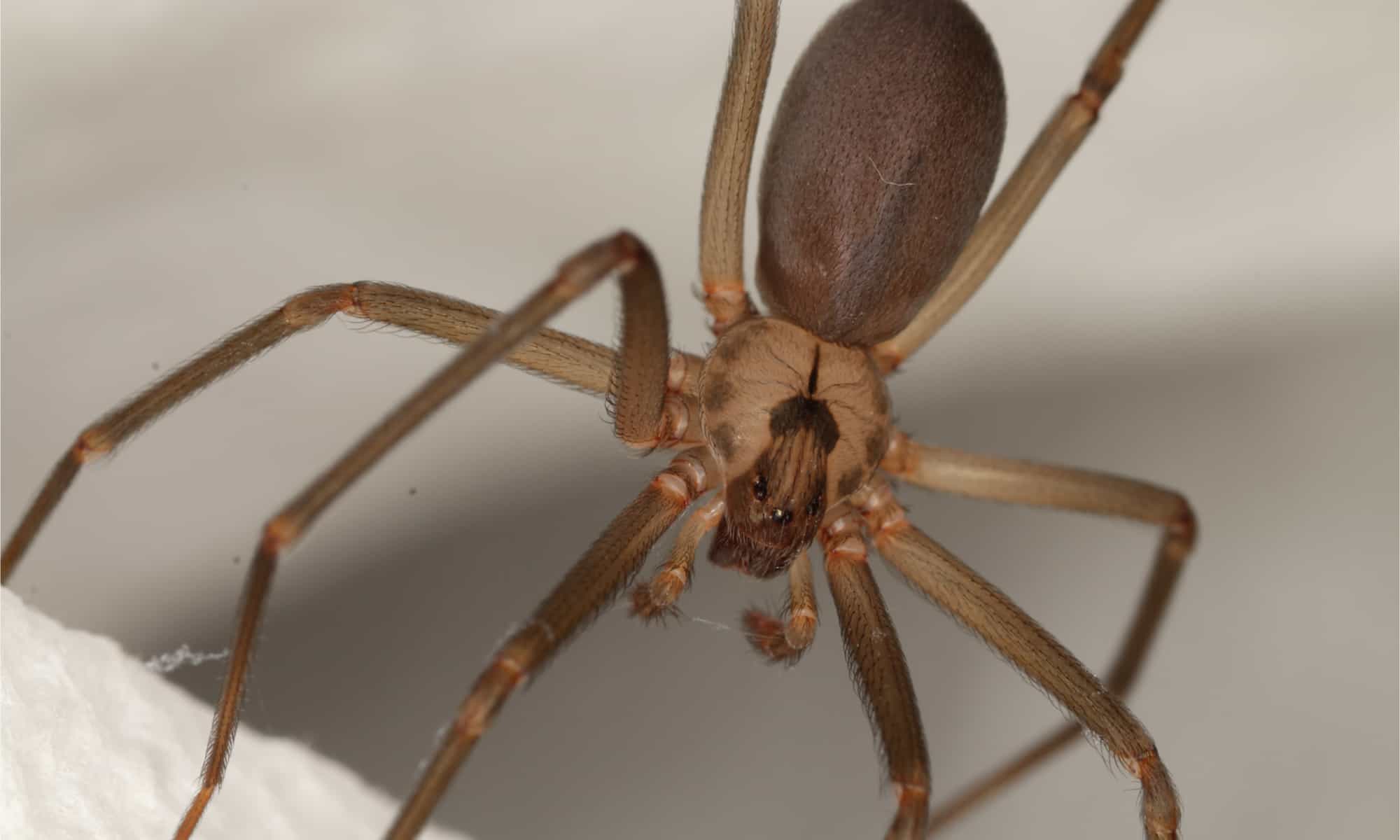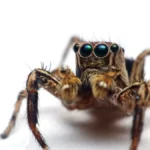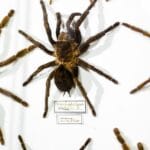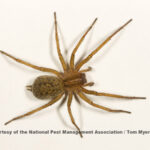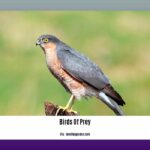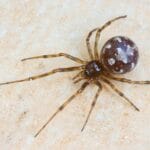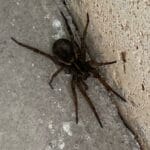Okay, let’s talk about brown recluse spiders in Florida. They’ve got a scary reputation, but in Florida, the fear factor is often bigger than the actual danger. This article sets the record straight about brown recluses in the Sunshine State. We’ll clear up the confusion, talk about what they really look like (because many other spiders get mistaken for them), and explain how worried you actually need to be. Get ready to learn the real deal about these spiders.
Unraveling the Mysteries of the Brown Recluse
The brown recluse spider. Just the name can be unsettling. In Florida, their reputation often paints a picture of a state teeming with these venomous critters. But is this widespread fear justified? Let’s dive into the facts.
The Reality of Brown Recluses in Florida
While some recluse spider species do live in Florida, the infamous brown recluse isn’t as widespread as many believe. Confirmed populations thriving in natural Florida habitats are rare. A “brown recluse” sighting in Florida is often a case of mistaken identity. Other, more common spiders, like the harmless southern house spider, are frequently misidentified. Stay informed about local happenings with the latest busted news Columbia MS.
Identifying a Brown Recluse
So, how can you tell if you’ve actually encountered a brown recluse? Size is a good starting point. Brown recluses are relatively small, usually about the size of a quarter (ranging from ¼ to ¾ of an inch). They’re typically light to medium brown, sometimes with a reddish tinge. The characteristic “violin” marking on their back can be present, but it’s not always clear and other spiders have similar markings.
A more reliable way to identify a brown recluse is by its eyes. Unlike most spiders, which have eight eyes, brown recluses have six, arranged in three pairs. This is a key distinguishing feature.
Habitat, Habits, and Bites
Brown recluse spiders are shy and prefer dark, undisturbed places. Indoors, you might find them in attics, storage areas, or undisturbed corners. Outdoors, they might shelter under rocks or logs. They’re most active during warmer months (March-October).
Their reclusive nature means encounters are uncommon. They’re not aggressive and will likely bite only if they feel trapped. Their venom can cause necrotic lesions (tissue damage) at the bite site, but serious systemic reactions are rare. If you suspect a brown recluse bite, seek medical attention. Many suspected bites are actually caused by other things.
Look-Alike Spiders
Several other spiders in Florida are often mistaken for brown recluses. Tired of those pesky gnats buzzing around? Discover effective solutions with our top-rated bug zapper for gnats.
| Spider | Key Features | Danger Level |
|---|---|---|
| Brown Recluse | Six eyes in three pairs, violin-shaped marking (sometimes faint), typically less than an inch in size. | Venomous |
| Southern House Spider | Dark brown, velvety texture, no distinct markings, often found in corners of homes. | Non-venomous |
| Wolf Spider | Large, hairy, often seen hunting on the ground. | Non-venomous |
| Jumping Spider | Small, compact, excellent jumpers, large front eyes, active and often brightly colored. | Non-venomous |
Managing Your Space
If you’re concerned about brown recluse spiders, focus on good housekeeping practices. Regular cleaning, decluttering, and sealing cracks can help minimize suitable habitats for all spiders. Remember, brown recluses aren’t actively hunting you.
Florida’s Deadliest Spiders: Beyond the Brown Recluse Myth
When you think of dangerous spiders in Florida, the brown recluse likely comes to mind. However, it’s surprisingly uncommon. So, if not the brown recluse, what is the deadliest spider in Florida?
The real danger comes from widow spiders, especially the Southern Black Widow, recognizable by its glossy black body and red hourglass marking. Its venom is neurotoxic, affecting nerve function and causing muscle cramps, pain, and breathing difficulties. While concerning, serious complications are rare with prompt medical treatment.
Another spider causing concern is the Chilean Recluse, recently discovered in Polk County. Larger than the brown recluse, its venom is even more potent, causing necrotic lesions. Research is ongoing to understand its potential impact.
Widow venom acts quickly on the nervous system, while recluse venom acts slowly, causing localized tissue damage. Both can be serious, but knowing the difference helps doctors determine treatment.
Florida also has the Northern Black Widow, Red Widow, and Brown Widow, whose bites, while painful, are generally less concerning than the Southern Black Widow’s.
Protecting Yourself: Declutter, seal cracks, and be cautious in storage areas. If bitten, clean the area, apply ice, and seek medical help immediately. If you can safely catch the spider, do so for identification.
| Spider | Danger Level | Venom Type | Symptoms |
|---|---|---|---|
| Southern Black Widow | High | Neurotoxic | Muscle cramps, pain, breathing difficulty |
| Chilean Recluse | High | Necrotoxic | Necrotic lesions (tissue damage) |
| Northern Black Widow | Moderate | Neurotoxic | Similar to Southern Black Widow, often less severe |
| Red Widow | Moderate | Neurotoxic | Pain, cramping |
| Brown Widow | Moderate | Neurotoxic | Pain, cramping |
Ongoing research continues to refine our understanding of spider behavior and venom. Individual reactions can vary. Understanding the true dangers posed by Florida’s spiders replaces fear with informed caution.
Brown Recluse Spiders in the UK: Myth vs. Reality
Worried about brown recluse spiders in the UK? Don’t be. While alarming stories circulate, the reality is far less frightening.
Homebodies of the American South
Brown recluses are native to the central and southern United States. The UK’s cooler climate and different environment are unsuitable. While a lone spider might accidentally hitch a ride in a shipping container, they won’t establish themselves in Britain.
Mistaken Identity
If you see a spider in the UK and think it’s a brown recluse, relax. It’s probably a native species like the common house spider or woodlouse spider, which prefer similar hiding spots.
Media Mayhem
Media hype fuels the worry. Rare sightings get blown out of proportion, creating unnecessary fear.
The UK Climate: A Recluse’s Nemesis
The UK’s cooler temperatures and higher humidity are not conducive to brown recluses thriving. They might survive briefly, but establishing a long-term presence is highly improbable.
Spider Identification 101
To identify a brown recluse:
- Six Eyes: Arranged in three pairs.
- The “Fiddle” Marking: A dark, violin-shaped marking on its back (can be faint).
| Feature | Brown Recluse | Other UK Spiders |
|---|---|---|
| Eyes | Six, arranged in three pairs | Usually eight |
| “Fiddle” Marking | Present (but can be faint) | May be present on some species |
| Body Shape | Rounded, uniformly colored | May be elongated, varied colors |
| Legs | Long, thin, uniform color | May be thicker, spiny, varied colors |
The Bottom Line
While a lone brown recluse could theoretically end up in the UK, the chances of encountering one are extremely slim. Established populations are virtually nonexistent.
Decoding the Brown Recluse Bite
Confirmed brown recluse bites are incredibly rare, even in their native range. Misdiagnosis is common, so perspective is key.
The Bite: Subtle and Sneaky
A brown recluse bite often feels like a tiny pinprick or goes unnoticed entirely. Hours later, redness and slight swelling might appear, easily mistaken for a mosquito bite or pimple.
Venom’s Work: Slow Tissue Breakdown
The venom contains enzymes that break down tissue around the bite (necrosis). This can create a “bulls-eye” pattern, but not always.
Bite Timeline
- Initial (0-8 hours): Little to no pain, possible mild burning.
- Developing (8-36 hours): Increased pain, redness, swelling, possible blister.
- Necrosis/Ulcer (days): Open sore, possible dark center and surrounding redness.
- Systemic (rare): Fever, chills, nausea, and rarely, hemolytic anemia (destruction of red blood cells.) Seek immediate medical attention if systemic symptoms appear.
Treatment
Wash the bite with soap and water and apply a cool compress. Call your doctor, especially if the area worsens or you develop other symptoms. Treatment may include pain medication, antibiotics, or surgical removal of dead tissue.
Taming the Fear
In Florida, the fear of brown recluses outweighs the actual threat. Many suspected bites are from other spiders. Correct identification is crucial. Don’t let fear outweigh the facts. Knowledge and a calm approach are your best allies. Ongoing research continues to improve our understanding of spider bites and their treatment.
